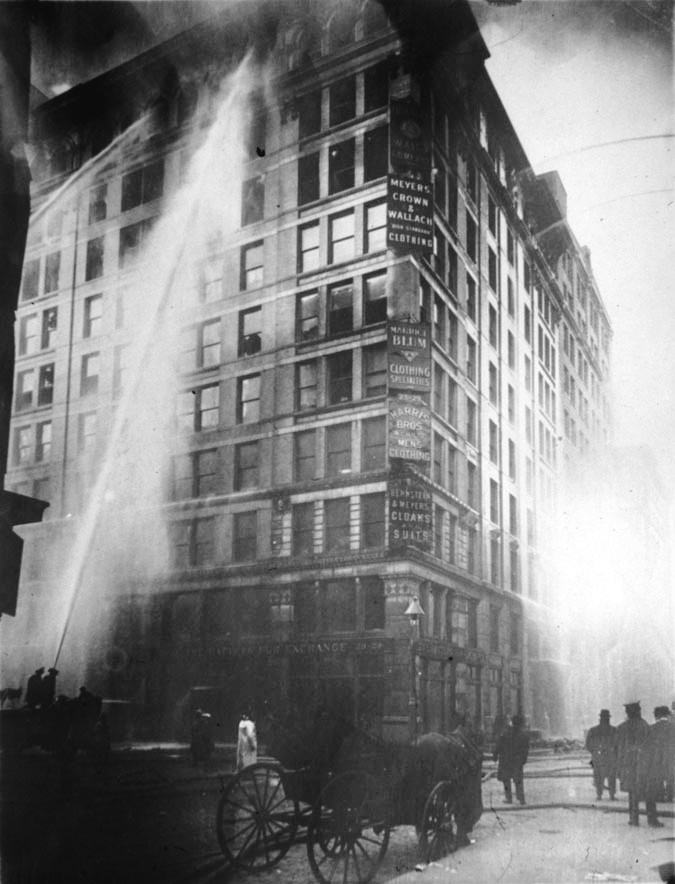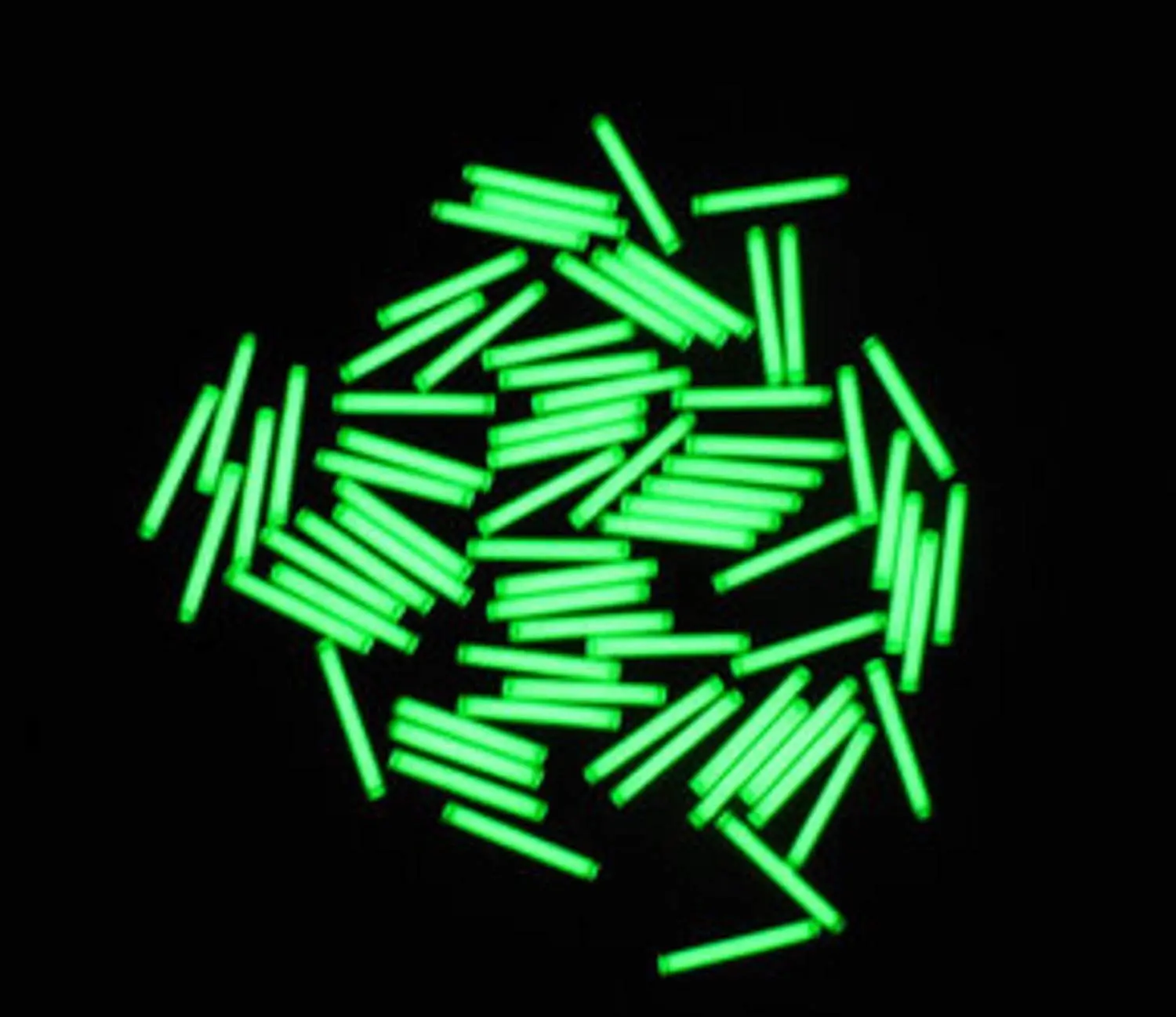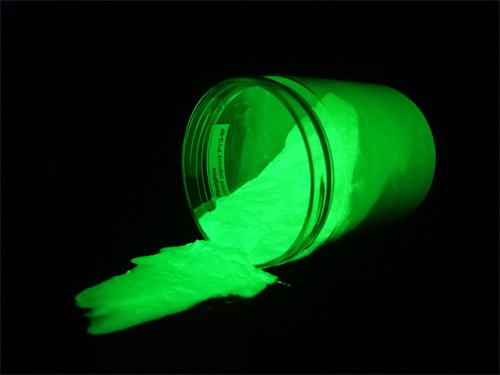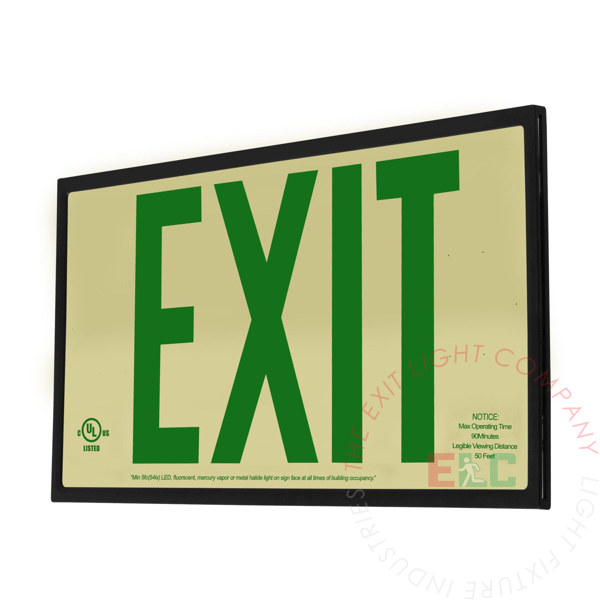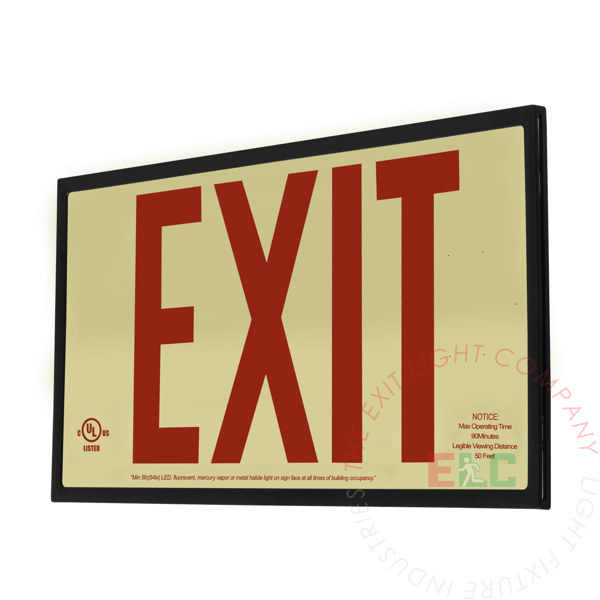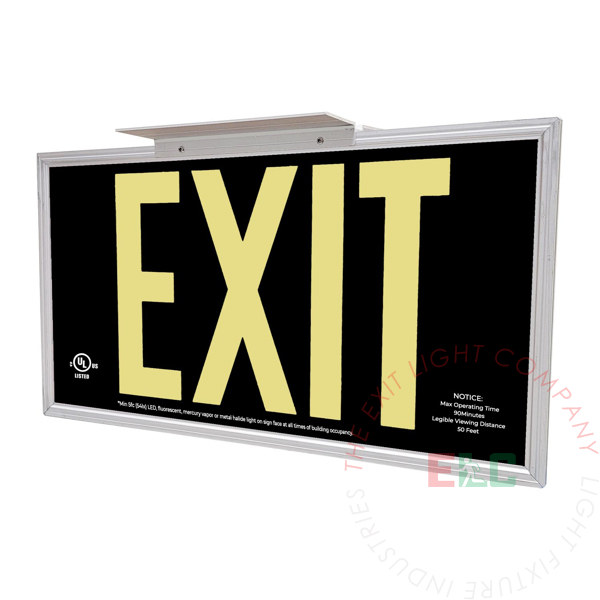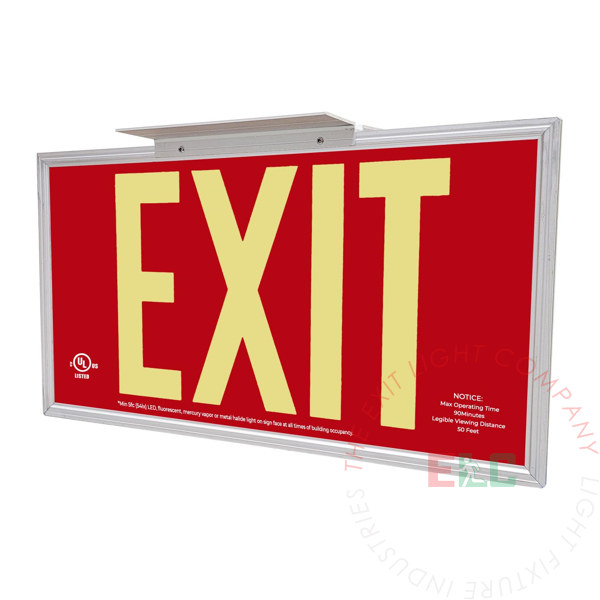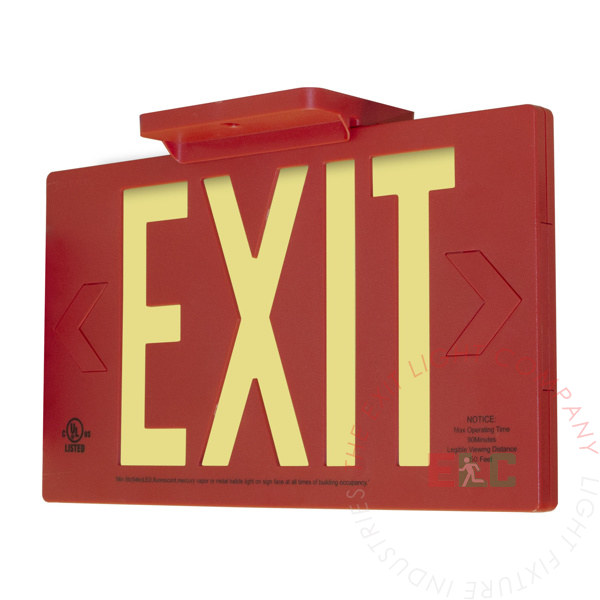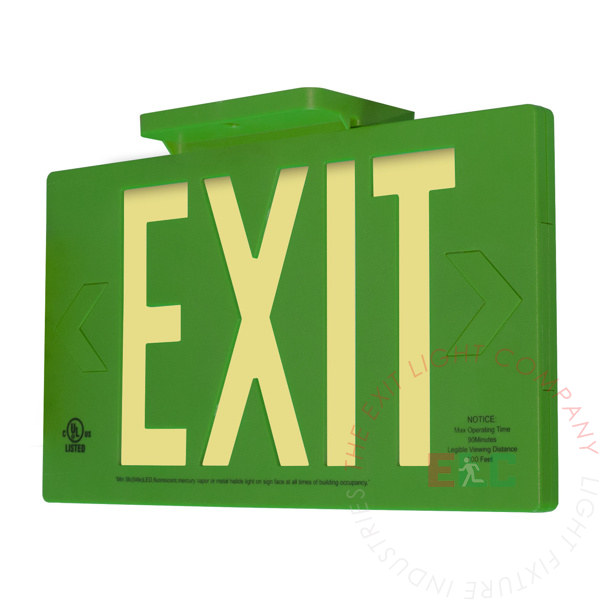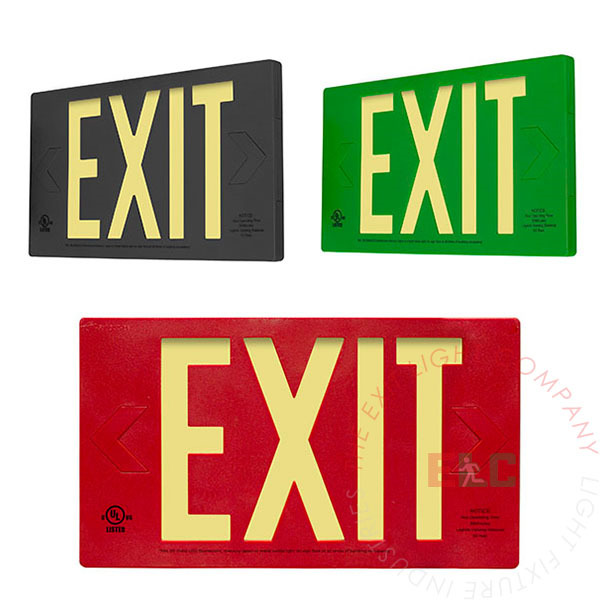Introducing Our New LEDSW Swinging Exit Sign: Built to Withstand the Unexpected!
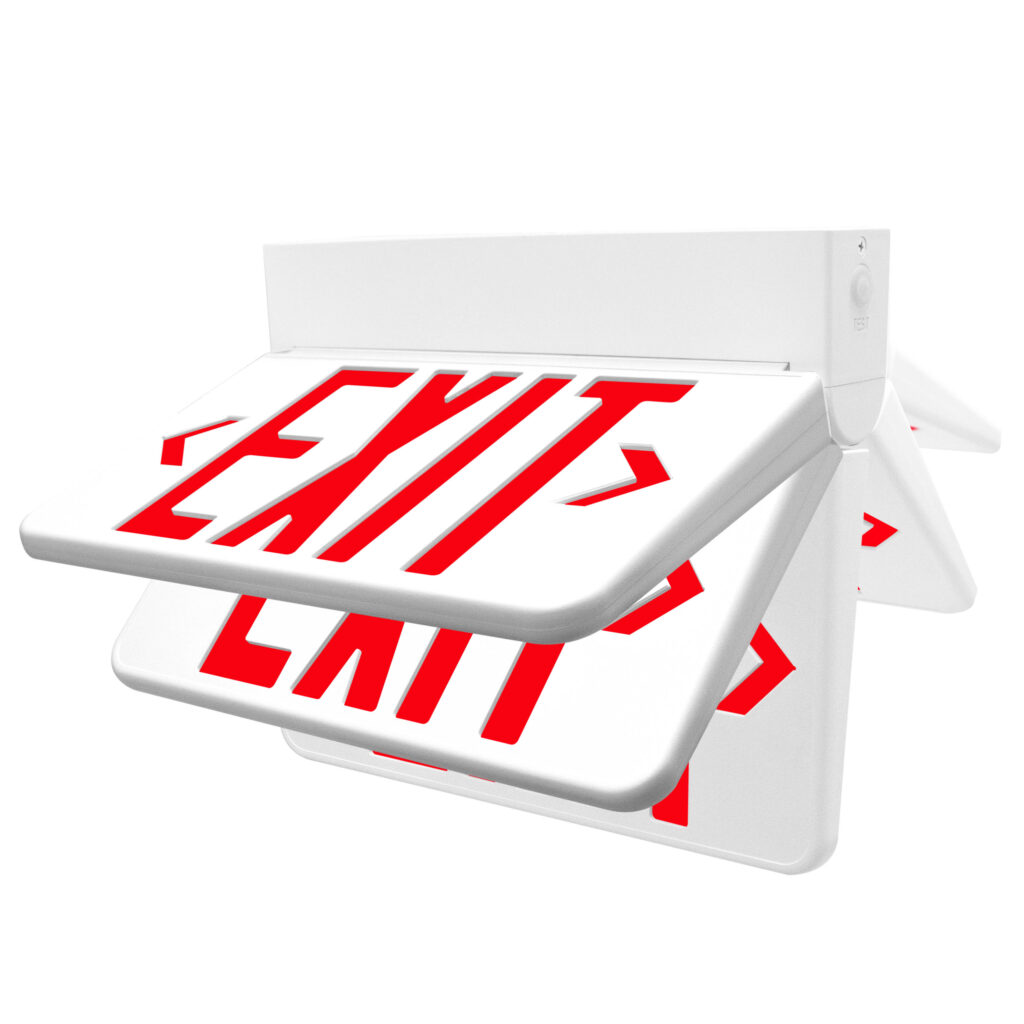
At The Exit Light Company, we take customer feedback seriously. Over the years, we’ve heard countless stories from customers frustrated with broken exit signs. Whether it’s due to accidental contact or intentional mischief; the result is the same: damaged exit signs and the need for costly replacements.
We knew something had to change. That’s why we are proud to introduce our newest innovation: the LEDSW Swinging Exit Sign. Designed to be as durable as it is functional, this new exit sign features a hinged, swinging design that allows it to move freely when hit, minimizing the risk of damage. Instead of breaking upon impact, the sign simply swings, absorbing the shock and returning to its original position. This unique design reduces maintenance costs, prevents downtime, and ensures your building remains compliant with safety regulations.


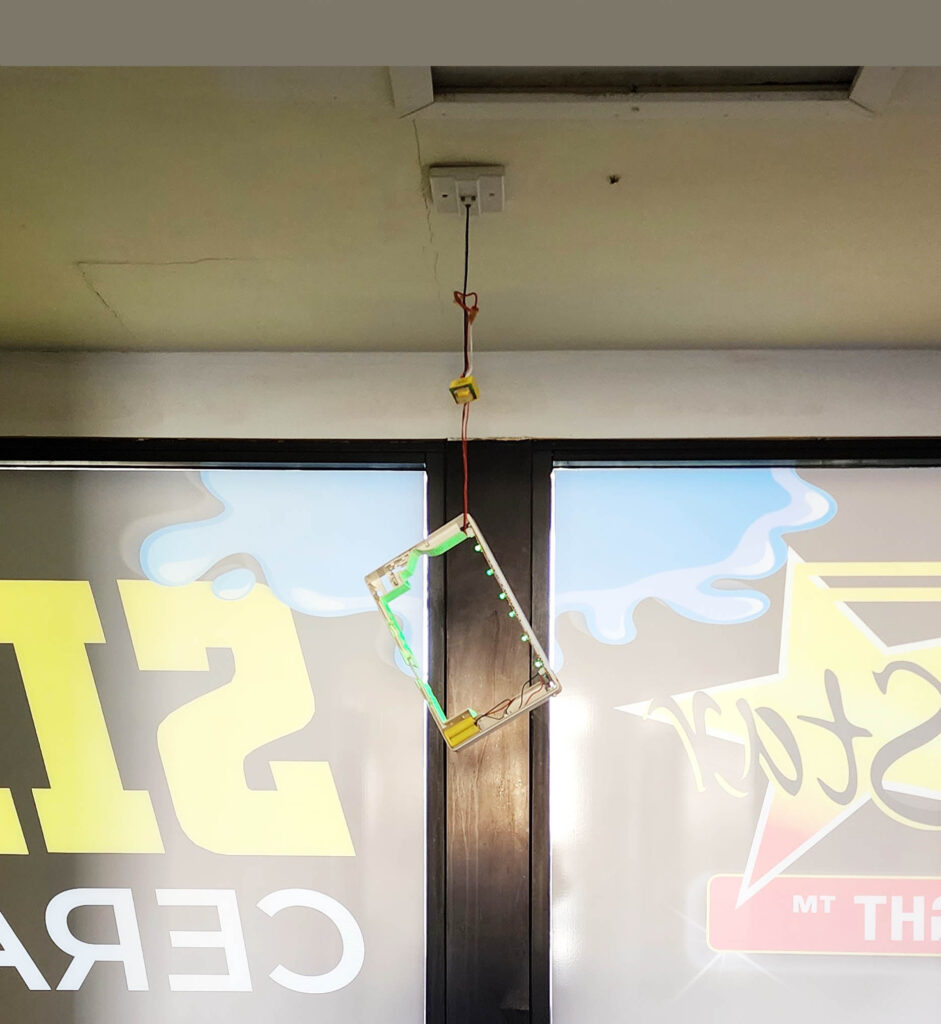
Key Features of the LEDSW Swinging Exit Sign:
- Swinging, Hinged Design: The most notable feature of our LEDSW exit sign is its specially designed hinge mechanism. This allows the sign to swing freely when bumped or slapped, significantly reducing the chance of breakage.
- Durability: Constructed from high-quality, impact-resistant materials, the LEDSW is built to withstand repeated impacts, making it ideal for environments prone to rough handling.
- Versatile Letter and Housing Options: To match various interior designs, we offer the LEDSW exit sign in two letter color options:
- Red letters
- Green letters
- White housing
- Black housing
- Energy Efficiency: Like all our LED exit signs, the LEDSW model is highly energy-efficient, using long-lasting LED technology to provide bright and clear illumination while keeping power consumption low.
- Easy Installation: The LEDSW exit sign is designed for simple installation, making it a hassle-free upgrade for any building.
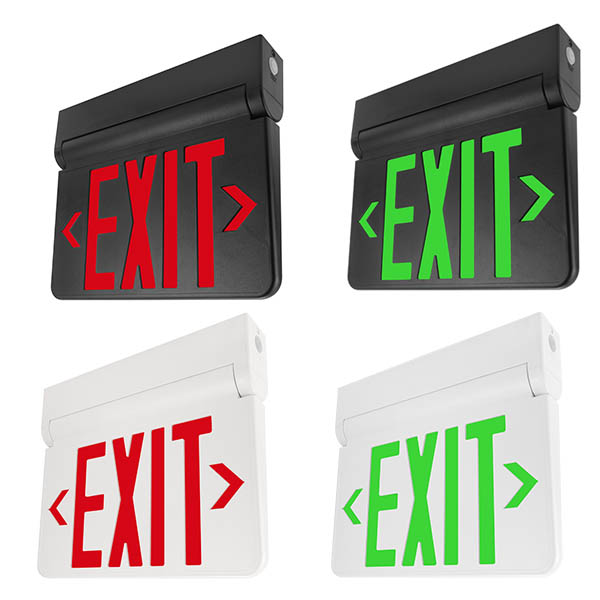
Perfect for High-Traffic Areas: This new swinging exit sign is perfect for high-traffic environments, including:
- Schools
- Universities
- Gyms
- Warehouses
- Retail stores
By reducing the risk of damage, our LEDSW exit signs help facility managers and property owners save on maintenance costs while ensuring their buildings remain safe and up to code.
Vandalism Resistant:
Designed with mischievous behavior in mind, the LEDSW Swinging Exit Sign is resistant to vandalism. Its swinging hinge mechanism makes it difficult to damage intentionally, ensuring that even if someone tries to tamper with it, the sign will remain functional and intact. This makes it an ideal choice for environments where vandalism is a concern.
Why Choose The Exit Light Company? At The Exit Light Company, we are committed to providing innovative, high-quality safety solutions. The LEDSW Swinging Exit Sign is a testament to our dedication to solving real-world problems with smart design and durable products. When you choose us, you’re not just buying a product—you’re investing in reliability and peace of mind.
Ready to upgrade to a smarter, more durable exit sign? Visit our product page for the LEDSW Swinging Exit Sign here and experience the difference for yourself!
Stay safe, stay compliant, and say goodbye to broken exit signs!

